Ginkgo Biloba is a rather exotic plant for our latitudes. However, in view of the fact that it is often used to prepare various means of traditional medicine, its popularity increases every year. In addition to medicinal properties, this ancient plant has excellent decorative qualities. Thanks to this, more and more gardeners would like to see the Ginkgo Bloba tree on its site. About how to grow this beautiful tree with your own hands, let's tell later.
Description Ginkgo Biloba
Ginkgo Biloba is one of the oldest trees in the world. It is also called the "dinosaur of the plant world". According to biologists, the first tree of this species has appeared more than 250 million years ago. The name of the plant, which is currently used, gave Karl Linney.
The characteristics of the culture are as follows:
- Wild-growing ginkgo biloba are still found in some territories of Eastern China. The birthplace of the plant is Japan, where it came from first to Europe, and then spread around the world. Now it can be found on all continents, except for Antarctica, where Ginkgo Biloba perfectly complements both deciduous and coniferous landings.
- The lifetime of one tree can reach 2000 years than the units of Flora representatives can boast.
- It is a ginkgo biloba a rather high tree whose height reaches 30 meters. It has a very colorful crown, which in the fall plays a wide palette of paints, making the garden is unusually beautiful.
- Tree of this culture - biscuit. At the same time, its feature is that it is possible to know what sex the floor can only be selected in 25-30 years. On male trees grow earrings in which pollen is located, and on female - the root, in which the process of seed tying is passed. Pollen falls on female trees with wind.
- Seeds ripen closer to winter, and are distinguished by the presence of three-layer peel and a rather unpleasant odor.
- It is especially worth noting the decorativeness of the leaves of Ginkgo Biloba. They have the form of a fan, often dissected into two large blades. At the edges of the leaves corrugated, they are attached to run on long stiffs. Color - Sisovo-green.
- Ginkgo biloba is a leaf fall tree. Closer to winter leaves painted in golden and yellow colors, making a tree with a real garden decoration.
- It is worth saying that this culture is unpretentious and growing ginkgo biloba almost on all types of soil. The only one does not follow a plant to plant in the shadows, because it may die.
- In addition, the soil on the plot should be drained, as at least culture loves moisture, but its stagnation can cause the formation of rot on the root system.
Ginkgo Biloba flowering and fruiting
Ginkgo biloba blossoms begins at least 25 years after landing. Only after that it is possible to accurately determine the sex affiliation. Prior to that, it can be assumed only in the form of the crown. In men's individuals, she is more pyramidal and slim, and in women - spread and rounded. These trees have multiplied in the same way as fern plants. Floating men's cells fertilize female. This does not multiply a tree in the world, as men's cells cannot move independently.
The seed of the biloba ginkgo tree is covered with a soft meaty peel, like a plum. It has a burning-binding taste and rather unpleasant odor.
Gingggo Ginkgo Biloba from seeds
This tree in our time is successfully grown in a moderately continental climate with warm summer, and quite cold in winter. Freshly collected seeds are distinguished by a very good germination, which is reduced every day of their storage. This is due to the content of fatty acids in the fruits. By the way, precisely because of them, the Japanese eat purified ginkgo biloba fruits in fried.
The fruits of the tree with their forms resemble the bones of apricot. The only difference between them is color. Unlike Apricot Seeds of the Ginkgo Biloba White Plant.
Seed cultivation procedure:
- Usually, the seeds are germinated in room conditions. For this purpose, an ordinary wooden box is useful. A mixture of peat and chernozem is poured into it in equal proportions. The mixture must be moistened. After that, you can land seeds. They plunge them on no more than 7 cm. If you put them deeper, the time of germs will be quite large.
- The box must be put on the window and hide the film. Do it so that moisture evaporates as little as possible. Punched primer may cause low results of the germination of the plant. As a rule, this indicator does not exceed 30%. That is, out of 10 planted seeds get 3 shoots - a very good result.
- Shoots appear about a month after sowing. By the end of May, the ginkgo biloba saplings can reach a height of 5-7 cm. Such a monthly increase is not too good among other trees. However, in this form they can already be planted in open ground. At the end of May, the soil is already enough and the likelihood of frosts is minimal.
Use Ginkgo Biloba in the garden
Due to its decorativeness, the trees of Ginkgo Biloba are widely used in landscape design. Their white trunk, unusual joy-green leaves, which in the fall paint the tree in golden color, will be able to bring a highlight to any garden. In addition, the trees of Ginkgo Biloba are very unpretentious in cultivation. They do not require special care, smoke and gas-resistant, which is very important for the urban environment. Trees in very rare cases are sick, and insects they are not interested at all. Thanks to its frost resistance (the tree can withstand frosts up to -30 ° C), it can be grown by almost all of Europe.
Mainly try to plant male individuals Ginkgo Biloba, since the fallen female fruits need to be removed immediately. Otherwise, they begin to rot and make an unpleasant smell.
Ginkgo Biloba: planting seedlings
Consider further how the cultivation of Ginkgo Biloba. So, the process of planting ginkgo biloba seedlings is practically no different from landing other trees. Growing from seedlings gives much better results in comparison with landing seedlings. In nurseries in 2-3 years, seedlings become more fermented and coming up in the overwhelming majority.
The procedure and basic rules for planting seedlings:
- Buy seedlings better in specialized stores. Before buying, you need to pay attention to their condition. The root seedlock system must be developed, not having damage, dried roots and traces of rot. The bark should be homogeneous without cuts. The barrel is smooth, there are several shoots on it. Only a healthy seedling is guaranteed to fit.
- Ginkgo Biloba is growing almost on any types of soil, so there are no special problems with the selection of a landing site. When choosing a landing site, it is better to give preference to the best lighting. In the shadow of Ginkgo, the biloba is developing much worse.
- The soil must be well drained to avoid water stagnation at the roots of the plant. Otherwise, the tree may be sick with a bait.
- Plant plant in spring in well-heated soil. In order for the plant to get well, the roots in the well should be spacious. Therefore, the pit should be big. The most optimal size of 0.8m x 0.5 m x 0.5 m.
- A small cone is poured into the pit in order to straighten the roots when landing. Some gardeners are put into the planting pit ash or mineral fertilizers. It will support the plant during the growth period. Approximately by the middle of the summer, this stock runs out, therefore, they spend the summer feeding with complex fertilizers with a large content of potassium.
- Ginkgo biloba saplings do not differ in a strong annual increase. In the height of each year the plant adds no more than 5 cm.
Ginkgo breeding biloba cuttings
In addition to breeding seeds, the ginkgo plant of the biloba can be multiplying with root and stem cuttings:
- When cutting cuttings, it is better to give preference to short shoots, well-weathered. The workpiece of the material is carried out in mid-July.
- Cutted cuttings are released from half of the leaves and installed in a container with a stimulant of root growth. The most popular drug is heteroacexin.
- After a few days, the plants are planted into the substrate consisting of sand and peat in the same proportion, and covered with a film, making a small greenhouse.
- If everything goes well, they should give roots by autumn. For the winter of plants in the greenhouse are covered with spruce sawdresses.
- Already by the spring, seedlings from Chenkov can be resettled at a permanent place.
- Gardeners who want to grow ginkgo biloba from cuttings should be prepared for the very dynamics of their growth in the first 3-4 years will be worse than the plants grown from seeds.
Ginkgo Biloba: Care
Cultural care rules are as follows:
- Special care young seedlings do not require. They must be timely water, especially with a strong heat, and to carry out soil. Swimming will help not only keep moisture at the roots of the plant, but also ensure the influx of oxygen to them. It is also necessary to pay attention to the removal of weeds from the place of planting seedlings. They can simply "score" young plants, pumping out all nutrients from the soil.
- Feeding in the first year of life a young tree is not required.
- In the fall, it is necessary to take care of the shelter of the plant for the time of wintering. The faster seed seedling simply does not transfer long frosts. Coniferous sawdust is perfectly suitable for shelter seedlings. Fill the young tree must be completely. If a very cold winter is hosted, a polyethylene film can be used over the shelter from sawdust.
- In the spring after the snow, seedlings open. If the film was used, it should be removed immediately after the start of the snow. Otherwise, moisture from snow will not be able to evaporate, which may cause the appearance of fungal diseases. In addition, under the film, the plant may suffocate.
Ginkgo cultivation biloba in the apartment
The cultivation of the plant in the apartment is no different from growing in the open soil. A pot with a tree is not recommended to put on the window on the south side. Hitting on the leaves of direct sunlight can cause their burns. The appearance of drafts can also bring harm to the plant. Most preferred will be the windowsill on the north side.
Particular attention should be paid to the care of ginkgo biloba in winter. Wintering plants should flow at no more than + 18 ° C. Otherwise, he may have a life cycle, and it may die. Watering in winter is reduced by 2-3 times.
Spank Ginkgo Biloba in the apartment also seeds and cuttings.
Diseases and pests Ginkgo Biloba
The tree is practically not affected by diseases and pests.
Invalid irrigation, poor soil drainage can lead to a disease of the bait-born rot. The affected tree can be distinguished by drying and falling leaves. The roasting rot is treated with incorrect feeding: sulphate zinc - 1g, copper cune - 2g, urea - 10g per 10 liters of water.
Among the pests are most harmful to field mice. You can fight with them with mousetres or poisoned bait, which pour into mouse holes.


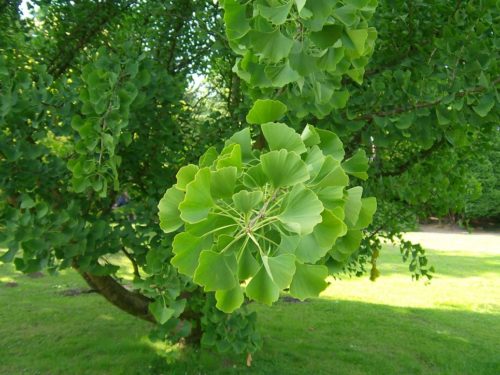
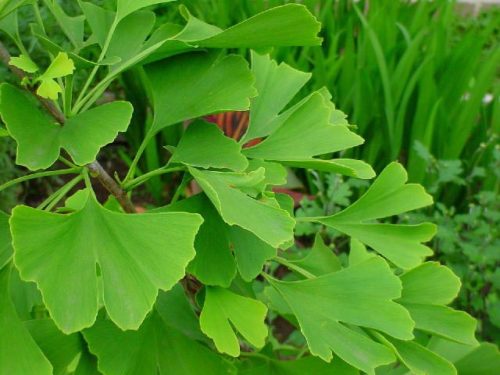
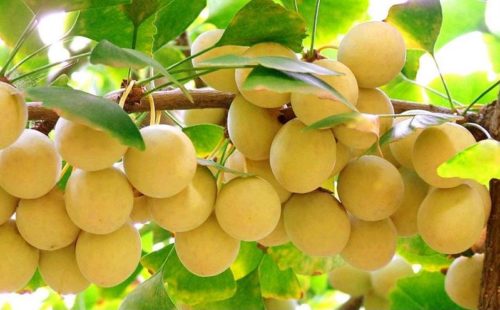
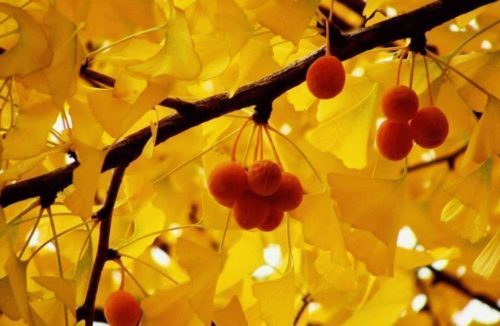
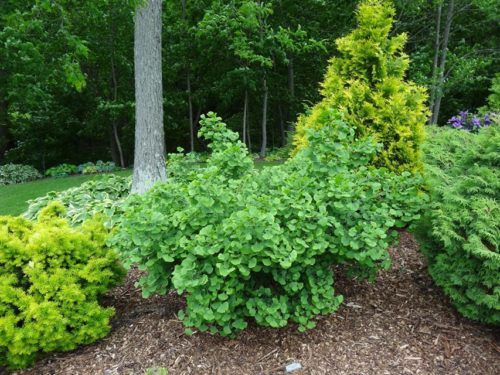

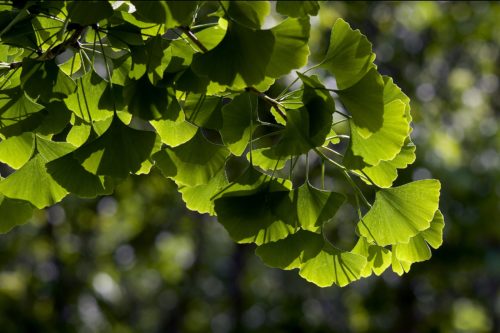
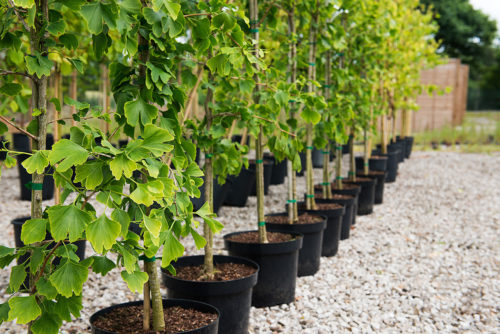

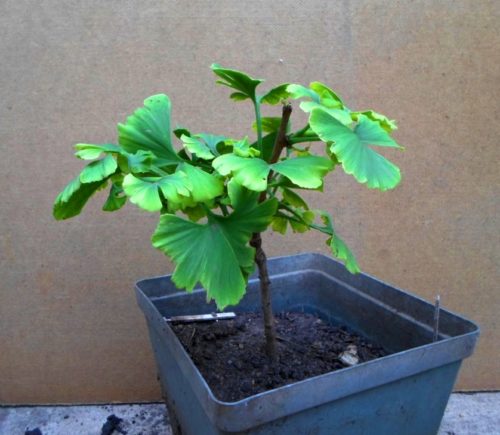
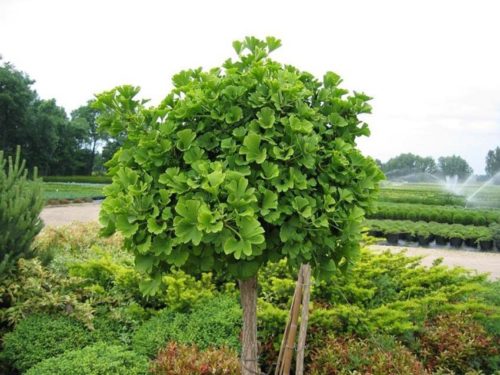
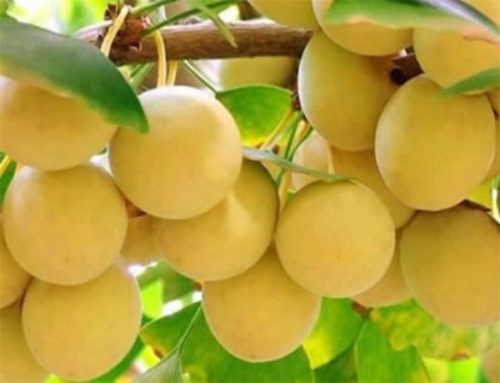
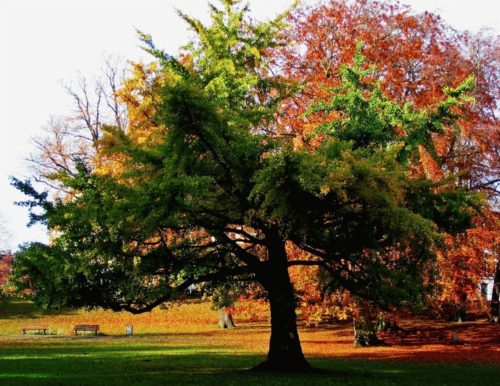
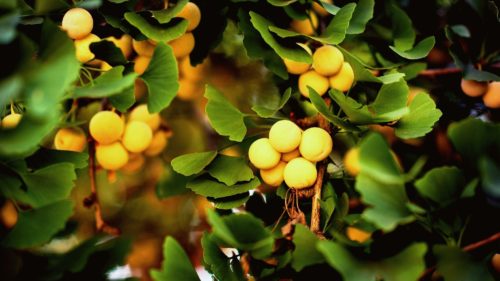
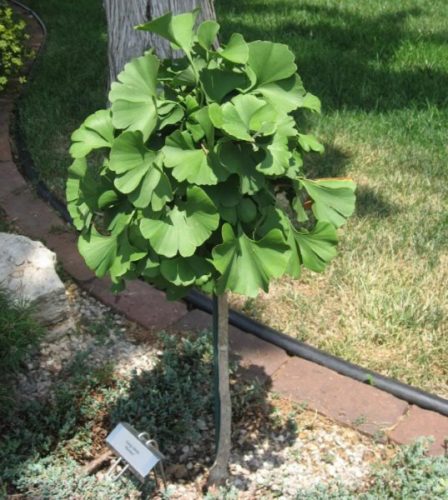
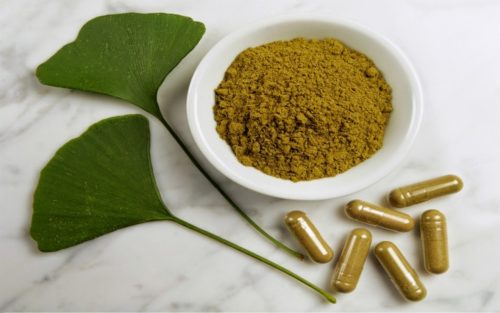












 Start a discussion ...
Start a discussion ...